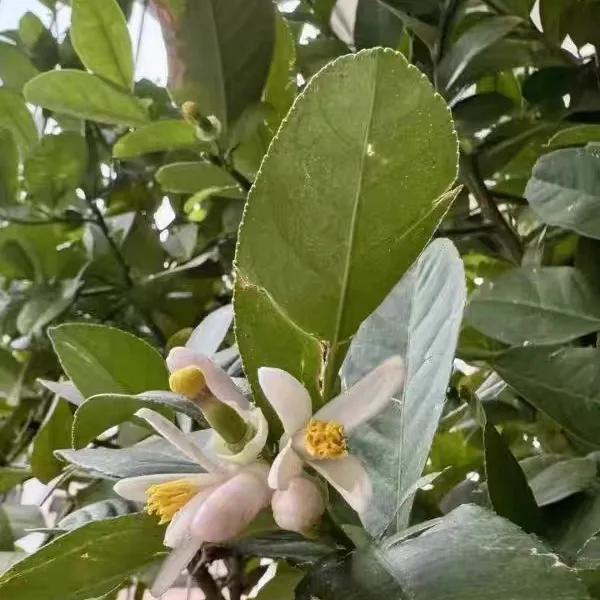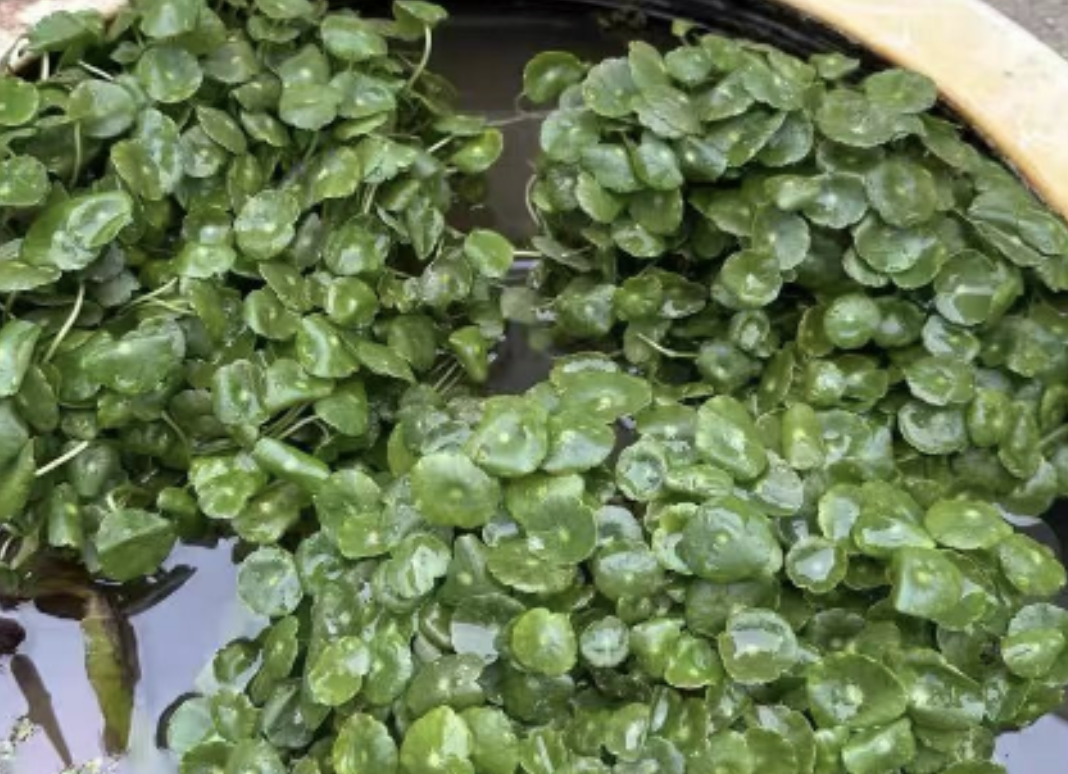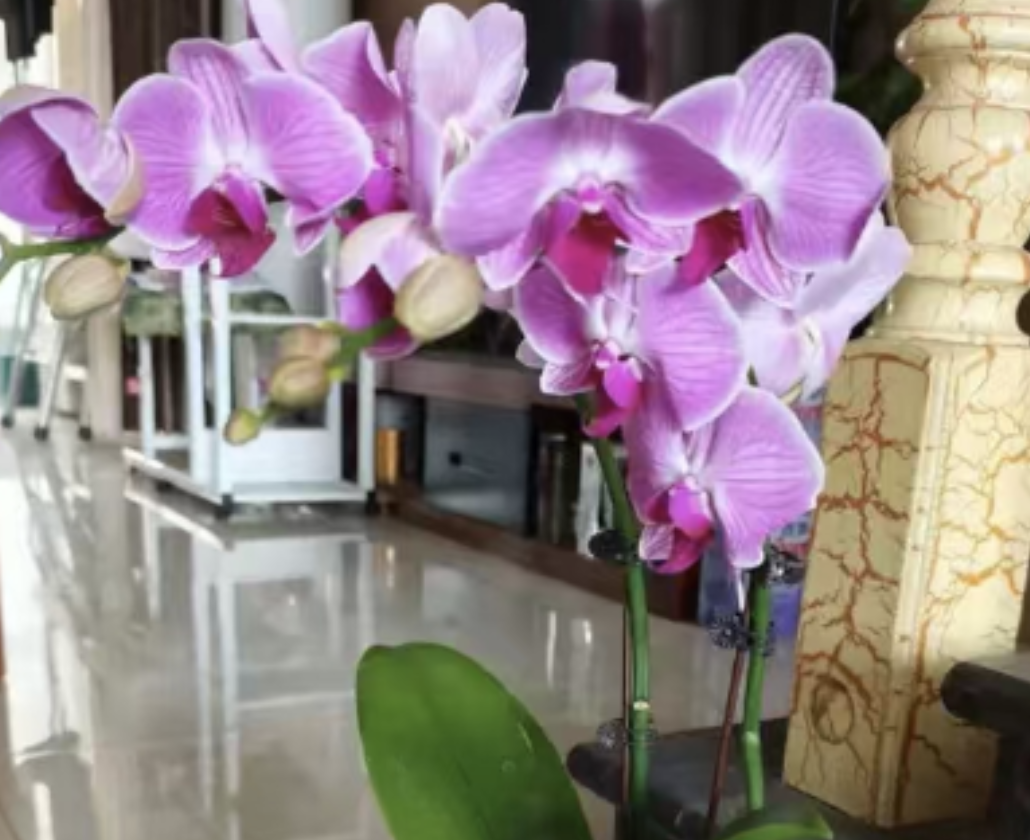If a potted lemon tree is not properly cared for after flowering, it is prone to problems such as few fruits, excessive growth of branches, and even decline in growth. Today, I will share with you the specific maintenance methods for potted lemon trees after flowering, which even beginners can easily master.
### 1. Precise Pruning
The top priority after flowering is to promptly prune the withered flowers and ineffective branches to avoid nutrient waste.
1. Find the 1st-2nd pairs of plump buds below the withered flowers. Use disinfected pruning shears to cut at a 45° angle. The cut should be smooth without burrs, about 0.5cm away from the buds. This can promote the rapid germination of new buds.
2. While pruning the withered flowers, cut off all the yellowish leaves, weak and diseased branches, crossing branches, and thin, overgrown branches on the plant. These branches not only consume nutrients but also affect ventilation and light penetration. After thinning, healthy branches can obtain more sufficient nutrients, and the probability of pest and disease infestation can be reduced.
Notes: After pruning, you can apply a small amount of plant ash or carbendazim to the cut to prevent bacterial infection and promote wound healing.
### 2. Scientific Fertilization
Lemon flowering consumes a lot of nutrients. Timely fertilization after flowering can help the plant quickly recover its growth and reserve energy for subsequent fruiting.
1. First, water the plant thoroughly after flowering to make the potting soil moist and permeable. Start fertilizing one week later to avoid stimulating the roots by fertilizing immediately after pruning.
2. It is recommended to use Huaduoduo No.1 (a balanced fertilizer with nitrogen, phosphorus, and potassium), which can fully supplement nutrients and promote robust growth of branches and leaves. Dilute it according to the instructions and apply it to the roots. Fertilize once every 10 days, for 2-3 consecutive times. Avoid frequent fertilization to prevent root burn.
Notes: When fertilizing, pour slowly along the edge of the pot, and do not directly pour it on the leaves or pruning wounds. If the potting soil is dry, you can first water a small amount of clear water before fertilizing to improve fertilizer absorption efficiency.
### 3. Reasonable Water Control
Excessive watering after flowering can easily lead to overgrowth of branches and root hypoxia, which is not conducive to fruiting. At this time, it is necessary to adjust the watering frequency and implement the "water when dry" principle.
1. Water only when the top 2cm of the potting soil is completely dry. You can also judge by the "pot-lifting method"—if the pot feels significantly lighter, it means the potting soil is dry, and it is the right time to water.
2. When watering, pour slowly until water flows out of the drainage holes at the bottom of the pot, ensuring that water penetrates into the deep layer of the potting soil. Avoid "half-watering" which may cause root water shortage.
3. In case of continuous rainy weather with high air humidity, appropriately extend the watering interval and strengthen ventilation to prevent root rot caused by long-term damp potting soil.
### 4. Pest and Disease Prevention
After lemon flowers fade, the branches and leaves grow vigorously, which can easily become targets of pests such as aphids, red spiders, and scale insects. Taking preventive measures in advance can save a lot of subsequent maintenance troubles.
1. Rinse the back of the leaves with clear water every week (you can also clean the front of the leaves by the way). This can not only wash off the dust but also reduce the attachment of insect eggs. After rinsing, place the potted plant in a ventilated place to dry to avoid water accumulation on the leaves.
2. Collect fresh orange peels, soak them in water for 24 hours, then filter. Spray the filtrate on the leaves and the surface of the potting soil. The natural fragrance of orange peels can effectively repel aphids, whiteflies, and other pests, which is safe and residue-free, suitable for family potted plants.
3. Observe the state of the leaves daily. If spots, curling, or insect feces are found on the leaves, handle them in time. In the early stage, you can alleviate the problem by manual capture or increasing ventilation. Use low-toxic insecticides only when the situation is severe.
In short, by doing the above points, the potted lemon tree can quickly recover its growth after flowering, and the branches will become strong and plump.
How to care for a lemon potted plant after it flowers?

Share with
Tagged in :




Leave a Reply